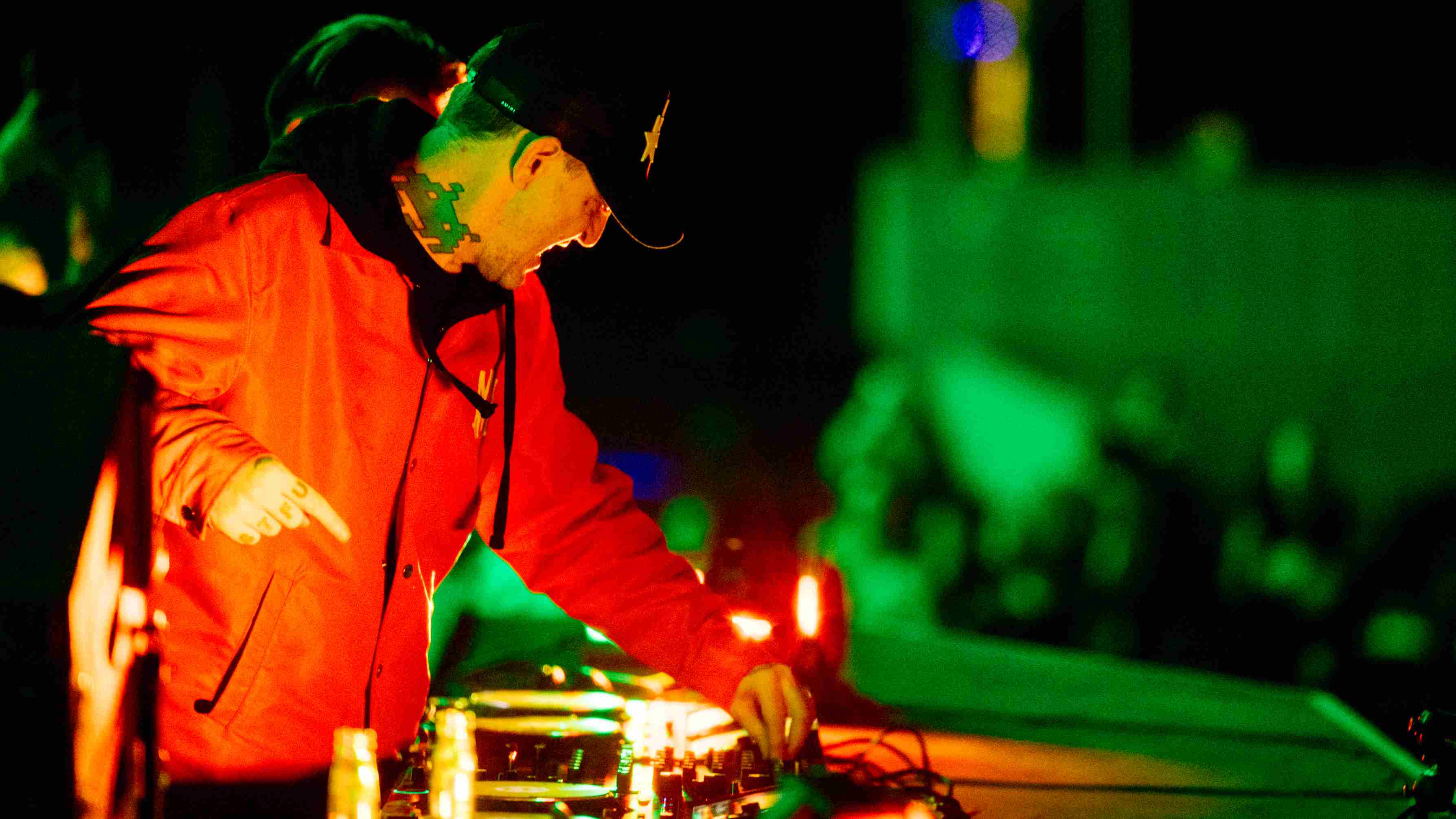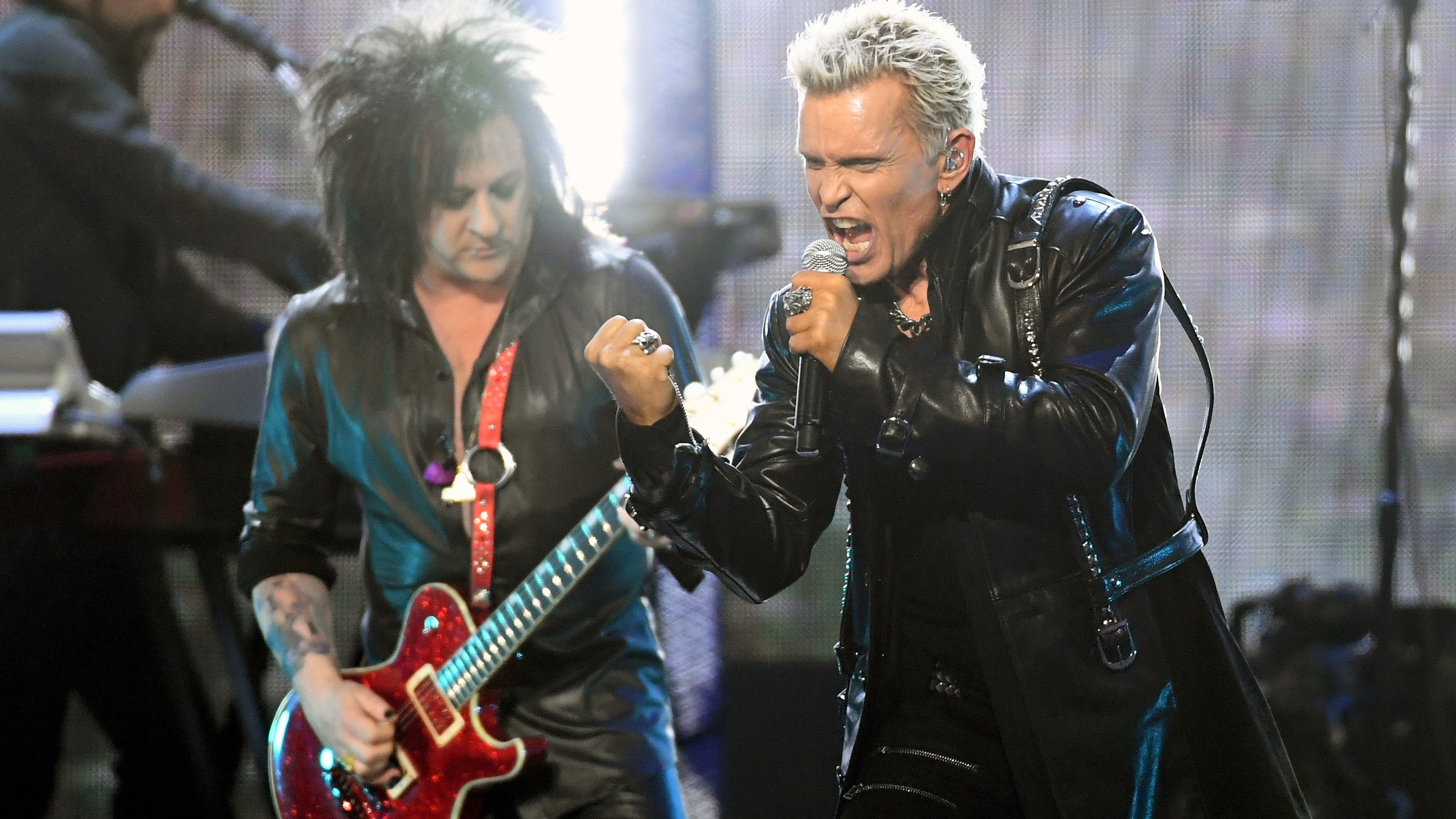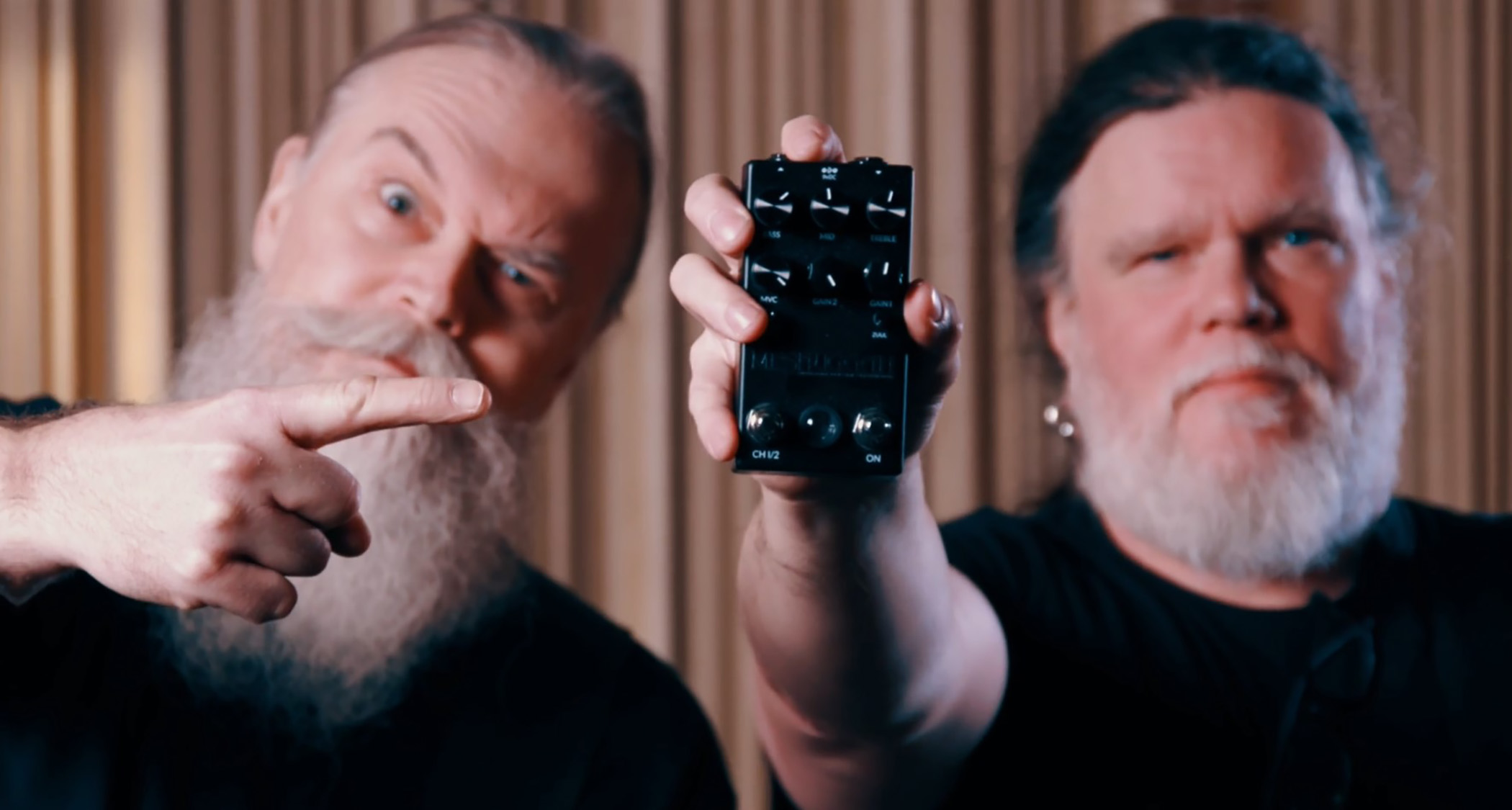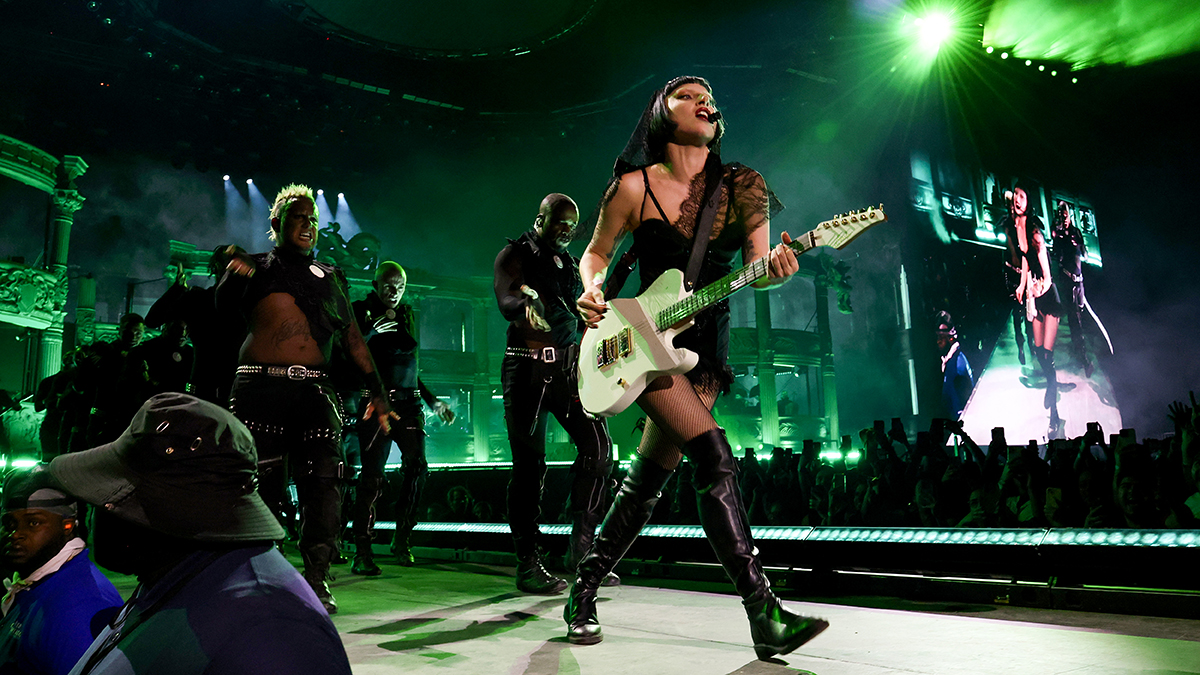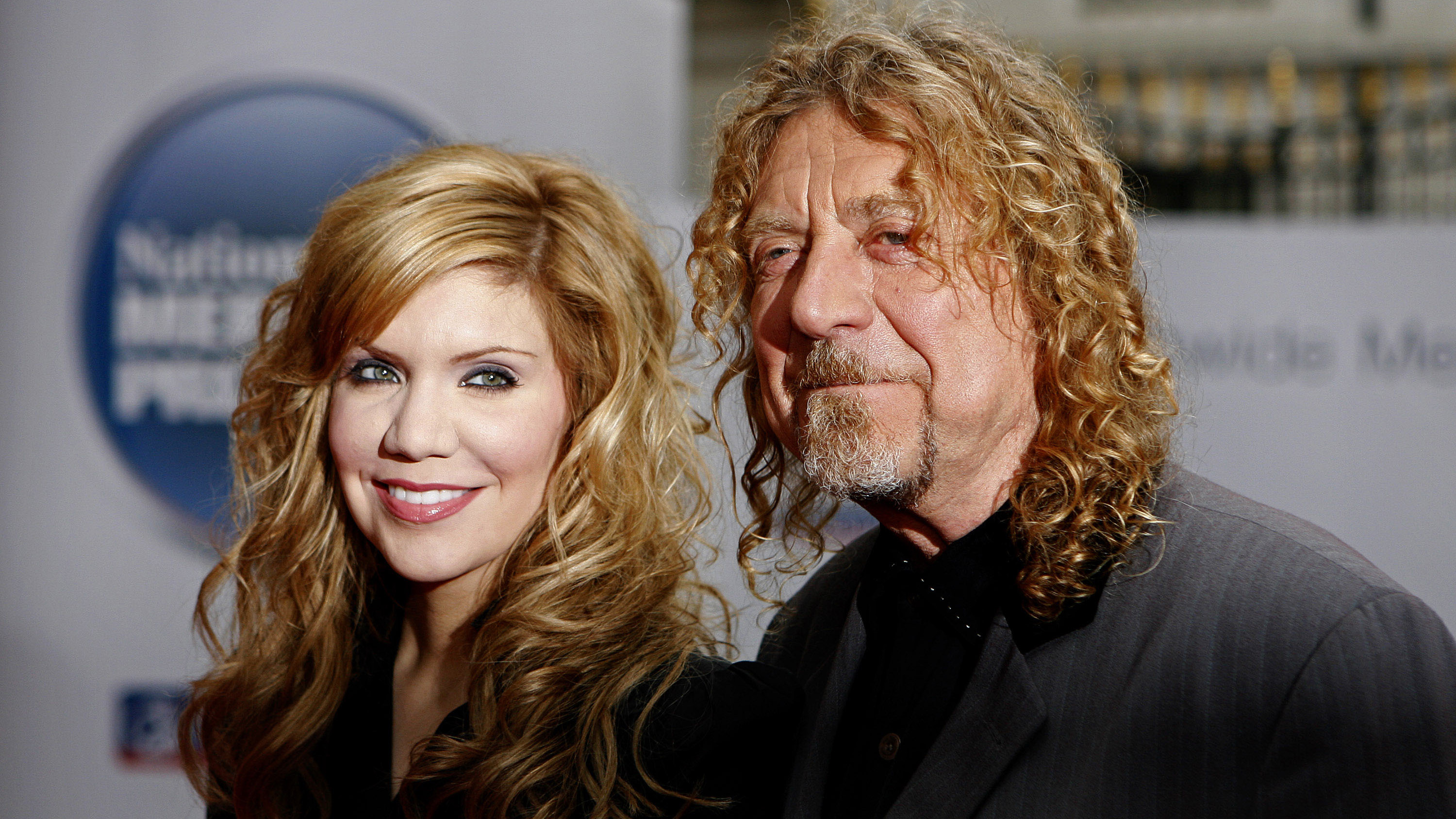Raül Refree and Pedro Vian: "We mixed the album in analogue with a '70s Trident board. It has no automation, so for me, it was like playing the music all over again... With analogue, you’re trying to give the listener an experience"
Barcelona-based collaborators Raül Refree and Pedro Vian talk us through the making of their blissful, atmospheric new project, Font de la Vera Pau
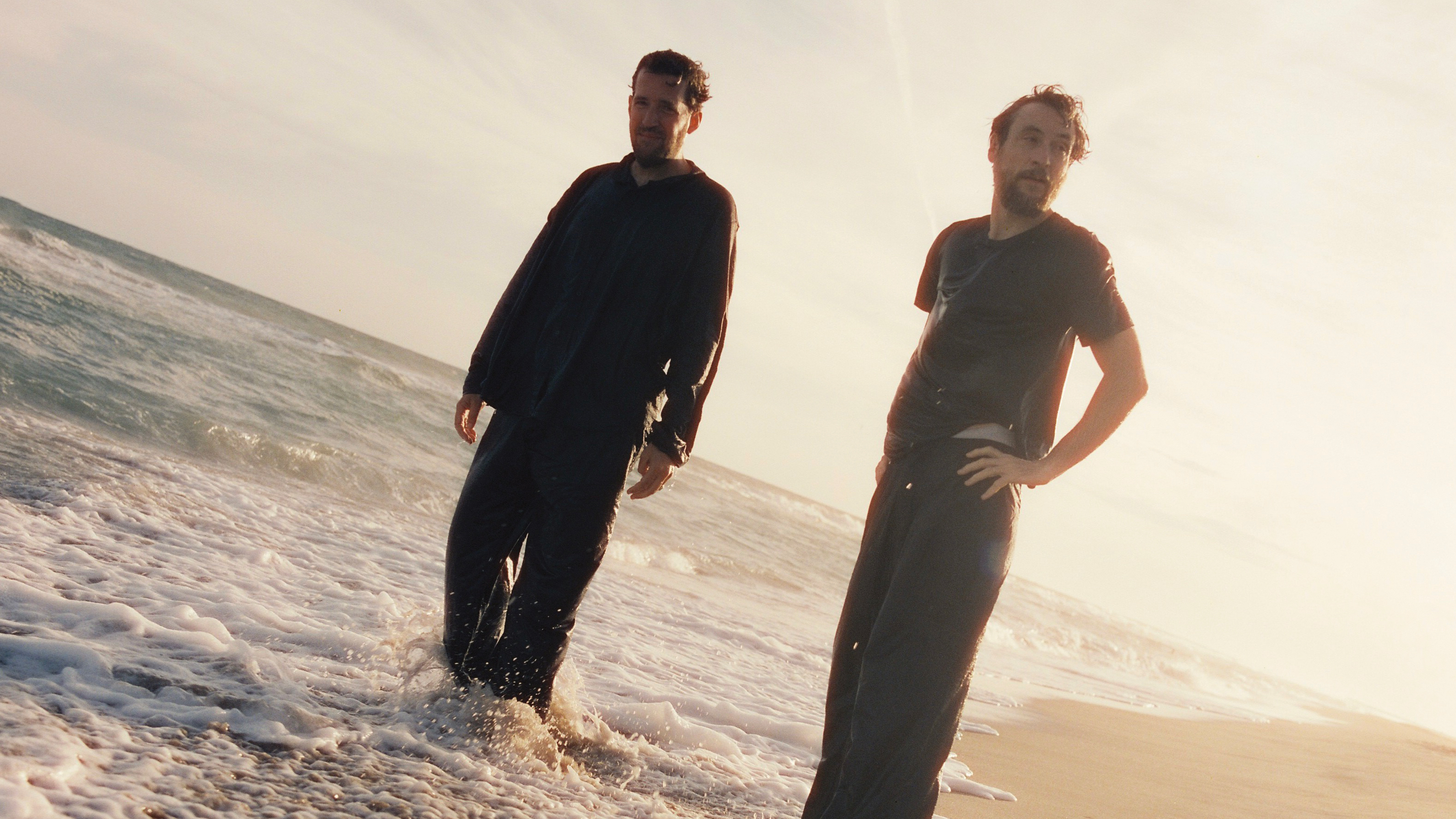
With its enrapturing mesh of prepared piano, positive organ and dense synth textures, Font de la Vera Pau is the blissful collaborative debut from celebrated producer Raül Refree and electronic musician and sound designer Pedro Vian.
We spoke to the Barcelona-based pair to learn more about their process.
How did the idea for this album first materialise?
Pedro: “We composed the album in three parts; I presented the first part to Raül which was recorded with a synthesizer. Over this part, he played the organ and then the piano.”
Raül: “Pedro came to me with the idea of the record – these were first steps with synths. I thought it was a very interesting record, but he said there was something missing – that the music needed something that I could play on top. For me it was quite a quick process because the flavour was already set by Pedro.
"What I did a lot was improvise, maybe one or two takes on every song, with both positive organ [an antiquated version of an organ] and prepared piano. I thought it had to be fresh, like something that happened almost in real time.”
Pedro: “For me it was super spontaneous too. I approached the synth [Roland System 100] like a piano. I’m not a piano player and haven’t played it before really. But I attached a pedal to my Roland, then set it to generate some delays. Then the recording was super-fast and spontaneous. That’s when I realised I needed something else. I liked that idea but I thought we could go further and deeper. So I went to Raül.”
Get the MusicRadar Newsletter
Want all the hottest music and gear news, reviews, deals, features and more, direct to your inbox? Sign up here.
So Raül, you were able to be totally free?
Raül: “It was like Pedro did the first layers for me. I always wanted to keep things fresh, improvise and not think too much – the idea of reacting to the idea held appeal. Then for me the third stage of the process was mixing. It wasn’t a simple mix; it was very organic. We mixed in analogue with a Trident board from the ’70s. It has no automation at all, so for me, it was like playing the music again – moving the faders in real time and Pedro and I using lot of distortion from the reverbs that we were using.
"The record we had before mixing was a completely different record to the one we got after mixing. With analogue gear on mixes, it doesn’t just give a sound, it gives an ‘imperfection’ that I really like. It’s not for every record. I don’t mix every record this way, sometimes you want to drill down into the detail, you want to change things second-to-second. With analogue, you have to see the whole thing as a complete feeling. You’re trying to give the listener an experience.”
There’s a lot of dense soundscapes in some of these mixes – Pau 6 and Pau 8 in particular. Can you talk us through some of those sound design approaches?
Raül: “Something we had clearly in our minds, even before I started playing on the record was that we wanted the record to show some ‘peace of mind’ – it wasn’t designed to be aggressive. We wanted to keep the feeling of being in nature. For that regard, we needed these kinds of landscapes that we created.
"Obviously reverb was very important. But I think we used Bricasti and Lexicon and Space Echo for the record and we pushed them as far as we could – long reverbs, playing them with very high gain and getting distortion. Working like this with reverbs put the music in a place where it sounded open and warm.”
Pedro: “I remember the feeling I had when I was recording the first notes of the album well. It was a rainy day, and I was looking out of the window into the forest after a storm. I decided to put a microphone outside in the garden and was recording the sounds of the dogs barking in the mountains.
"When Raül was recording the organ, some elements remind you of whales in the sea. Some of the instruments, like the prepared piano, became almost like supernatural elements. Some people can think they’re elements from nature, but they actually come from the studio.”
Raül: “Something important is that Pedro talked about using the synthesiser in a different [piano-like] way. Most of the mix elements are played how they’re not supposed to be played. [For] the organ, for example, I was working with the amount of impact it can make. The tuning was changing a lot, we felt sometimes that when you turn off the positive organ it doesn’t ‘blow’ as much as it needed. Nothing was orthodox.”
Do you ever find yourself being pulled back to melody and conventional structure when you’re writing in this freeform, unorthodox way?
Raül: “I guess, but I would also say that this is quite a melodic record. There’s not always clear melodies each time but there’s normally around two or three working together. I do think this is an album made by both textures and melodies.”
We’re assuming you used a software DAW to keep things together during this recording period?
Raül: “Yes, we used Pro Tools. That was used mainly as a recording device, almost like a tape machine but in software. For this album, we avoided plugins. We didn’t edit anything. We just chose between takes. We didn’t add any digital compression; it was mixing what we recorded in analogue in real time. We used some Neve preamps for the piano, but no effects at all.”
Do you think using hardware over software, and vice versa, affects your creative mindset?
Raül: “I love to play instruments in a very organic way. I love to have a relationship with an instrument. I need the instrument to react. When I’m working with hardware I feel closer to that feeling when I’m playing, because I can tweak in real time. I can react. When I’m moving the faders, etc. That’s what I’m looking for when I work in the analogue world.”
Pedro: “For me, it’s different, because I come from the digital world. I started to produce exclusively with plugins and samples and using sounds. I use the plugins like an instrument. I like to transform the sound. It was a challenge to work with Raül because he’s a multi-instrumentalist and I don’t play anything – I’m more of a sound manipulator.
"Now, at the moment I’m playing with organic synthesisers, like the Soma Lyra. If you produce with a computer and want to bring it to the live stage, you’re going to want to ‘play’ it, so you really need to find a new instrument that you can interact with that generates sounds, textures and noises. You can match it with other instruments. That’s the way I work now.”
With the songs on this record being so impressionistic, how do you know just when they’re finished?
Pedro: “It’s a feeling I need to know that the song has my attention from the beginning to the end. If it keeps it then it’s finished; if not then I keep working.”
With analogue, you have to see the whole thing as a feeling. You’re trying to give the listener an experience
Raül: “Again, I think it was very organic. When we decided it would be made the way it was I think that we didn’t want to change direction from that approach, so it was really about just finding the take. Only choosing between two or three takes every song. We wanted everything very real. We really wanted the record to be part of nature.”
Pedro: “The name of the album [Font de la Vera Pau] means ‘Fountain of Peace’. We are, in this way, like the fountain and the music is like the water. I’m so happy with the result, I think it’s like a temporal record.”
Raül: “The record was made out of sensations and textures. It was very difficult to find the right title. It was hard to think of unique titles for each track. It’s like a trip and a journey. Which is why each track is simply numbered.”
Did you have a dedicated workspace for this album?
Pedro: “I recorded the first section in my studio, the organ was in the organ factory, then the grand piano in another studio in the centre of Barcelona where Raül used to record. Then the mix was in my studio – so four different studios.”
Beyond this record, is there a piece of technology that you think you couldn’t work or produce without?
Raül: “Well, I think I’m too attached to Pro Tools these days. Though this album was a departure, most of the time I’m mixing and working in the box. I’ve been using Pro Tools for so many years that I don’t think about it. I work with Ableton Live more as a production tool.”
Pedro: “For me it is Ableton Live. I’ve used it as my main production hub for 20 years. I used it like a recording tool on this album.”
And what about plugins more generally, what do you tend to use a lot of?
Raül: “I really love the SSL collection of plugins. If you’re looking for great-sounding plugins then I think they’re amazing. DMG are fantastic, especially the EQ [EQuilibrium] and compressor, they’re super-good. They’re a great company. In terms of reverbs, Cinematic Rooms from Liquidsonics is a real go-to. They’re very nice, and very real. I also use a lot of Eventide plugins, just to change pitches and create nice textures. It’s a very good emulation of the hardware.”
What about further collaborations?
Raül: “I think the important thing here is that we both made a record that we loved. Sometimes when you make a record with someone you become friends and sometimes not, but we have a good friendship so there’s no reason why we can’t think of a next step.”
Font de la Vera Pau by Raül Refree and Pedro Vian is out now on Modern Obscure Music.


Computer Music magazine is the world’s best selling publication dedicated solely to making great music with your Mac or PC computer. Each issue it brings its lucky readers the best in cutting-edge tutorials, need-to-know, expert software reviews and even all the tools you actually need to make great music today, courtesy of our legendary CM Plugin Suite.
"At first the tension was unbelievable. Johnny was really cold, Dee Dee was OK but Joey was a sweetheart": The story of the Ramones' recording of Baby I Love You
"Reggae is more freeform than the blues. But more important, reggae is for everyone": Bob Marley and the Wailers' Catch a Fire, track-by-track




